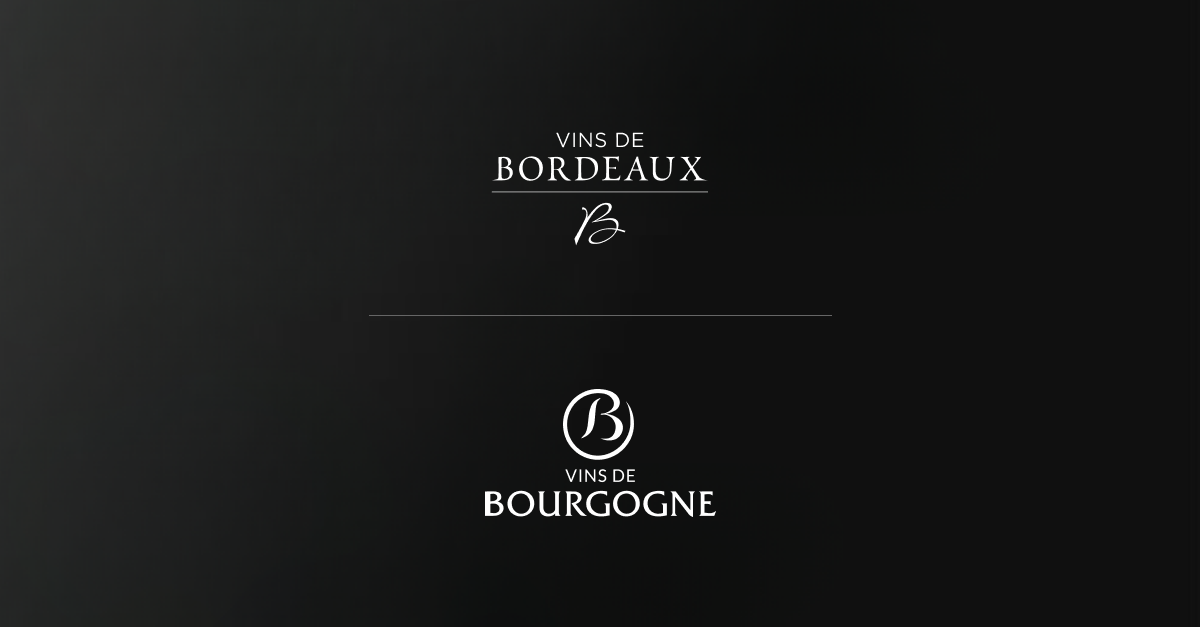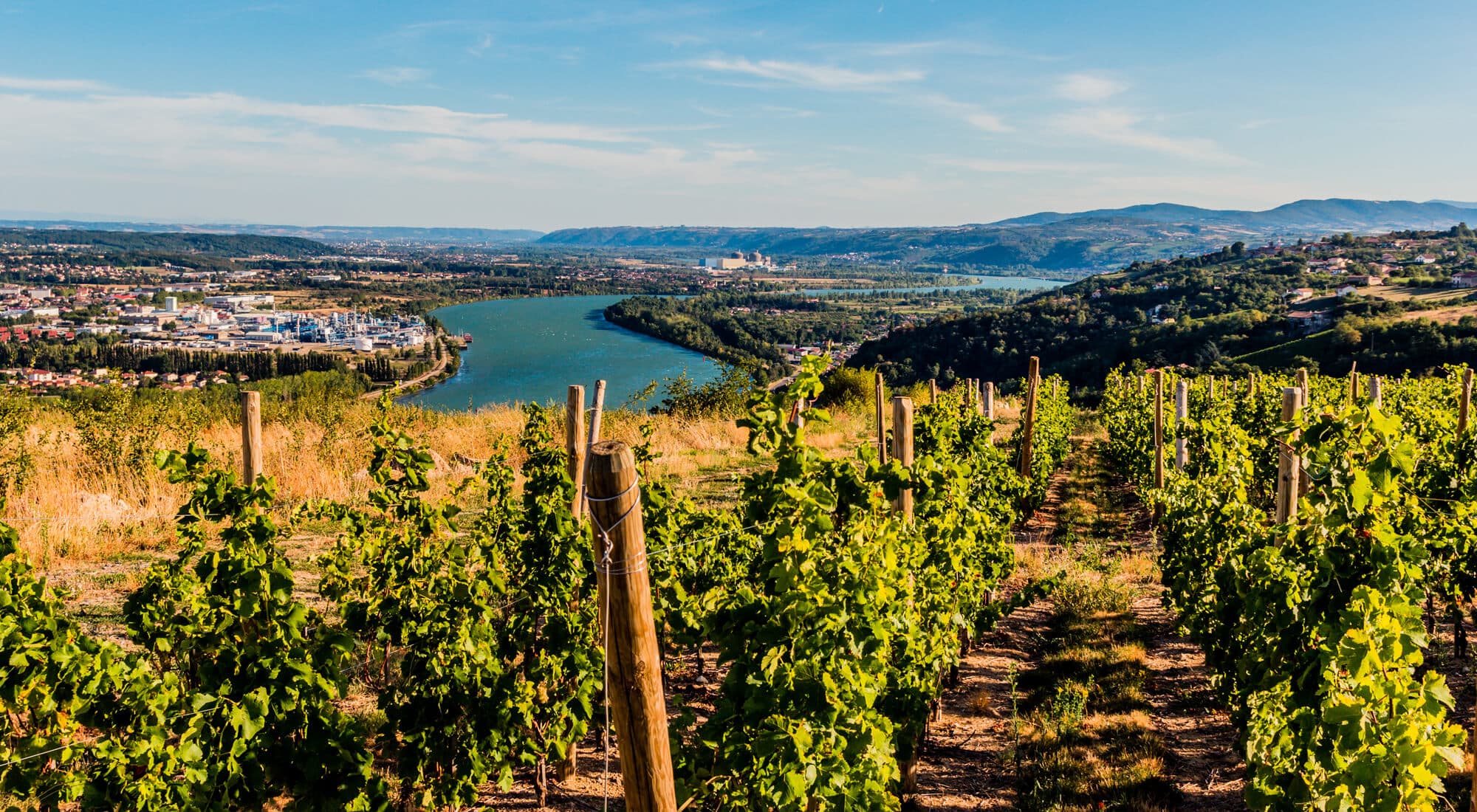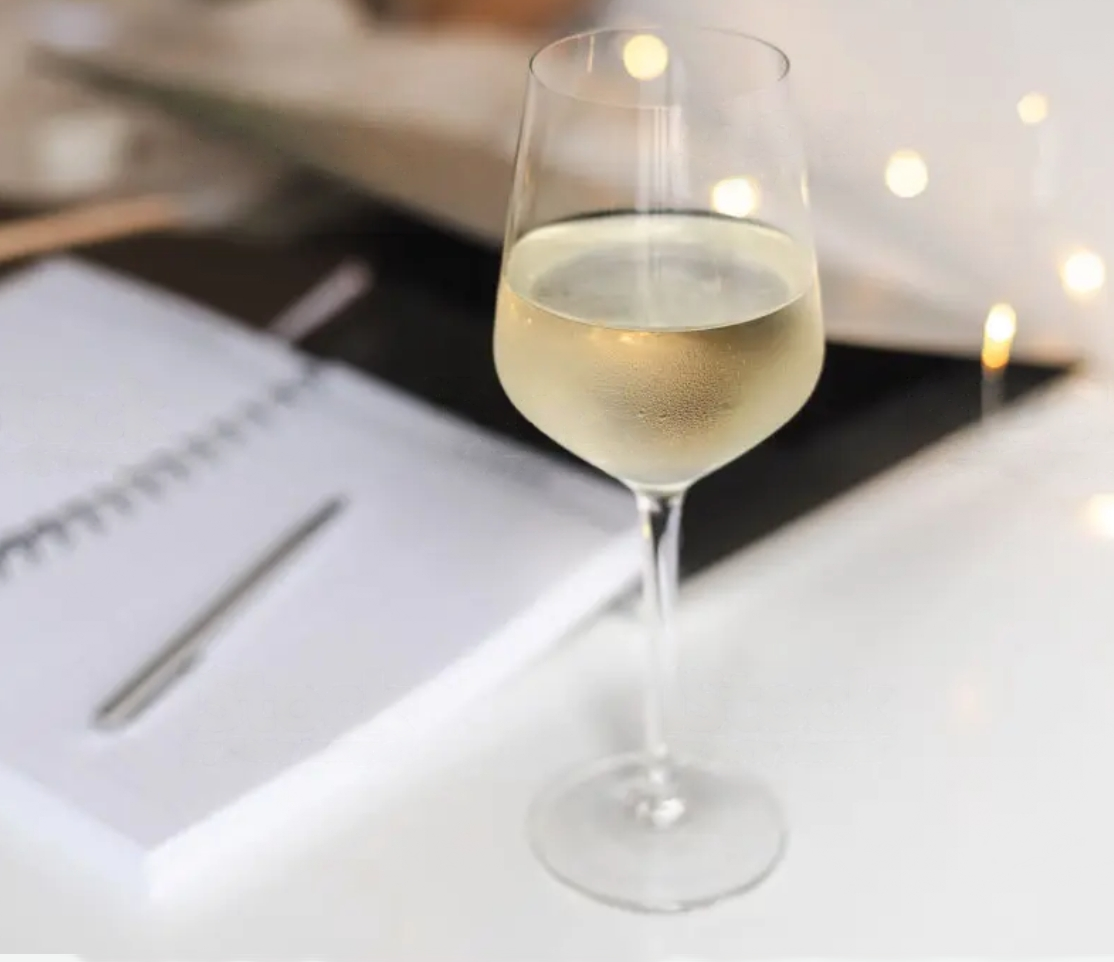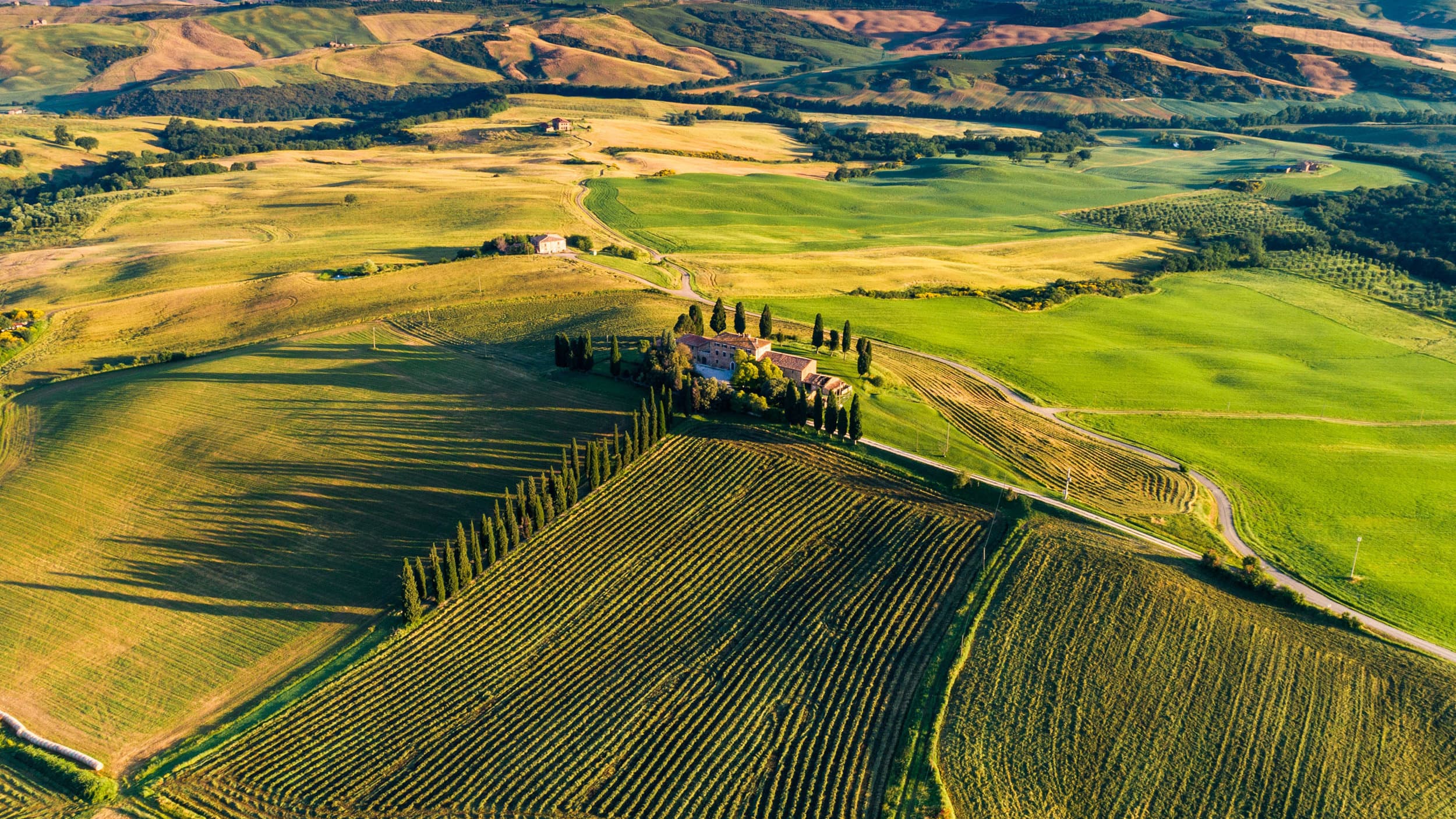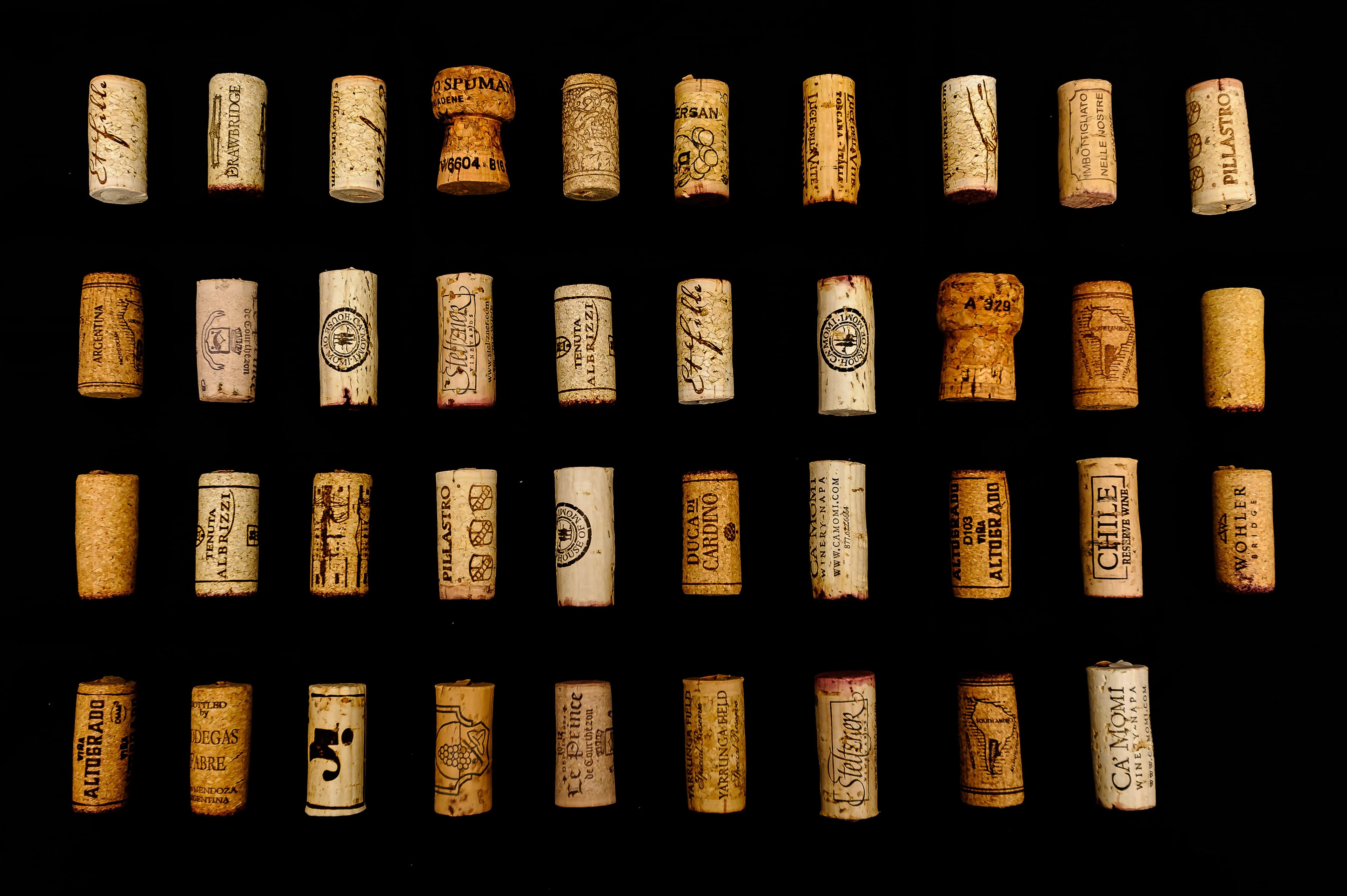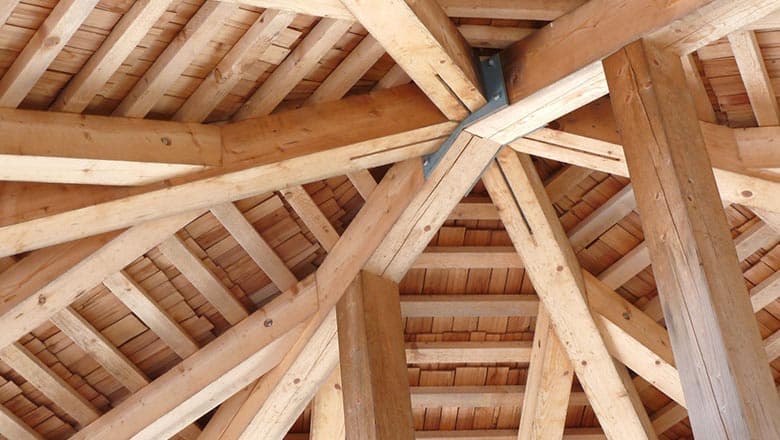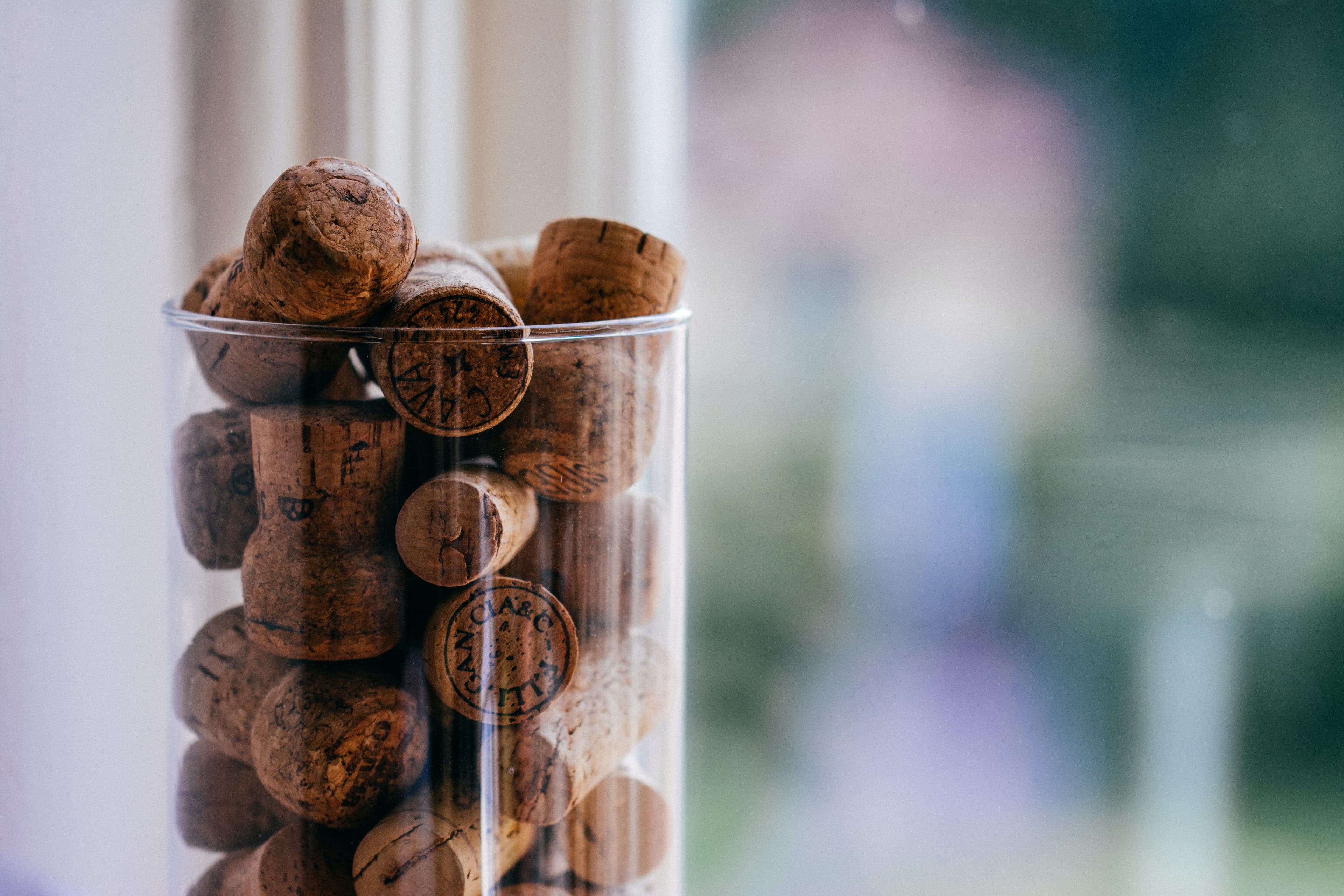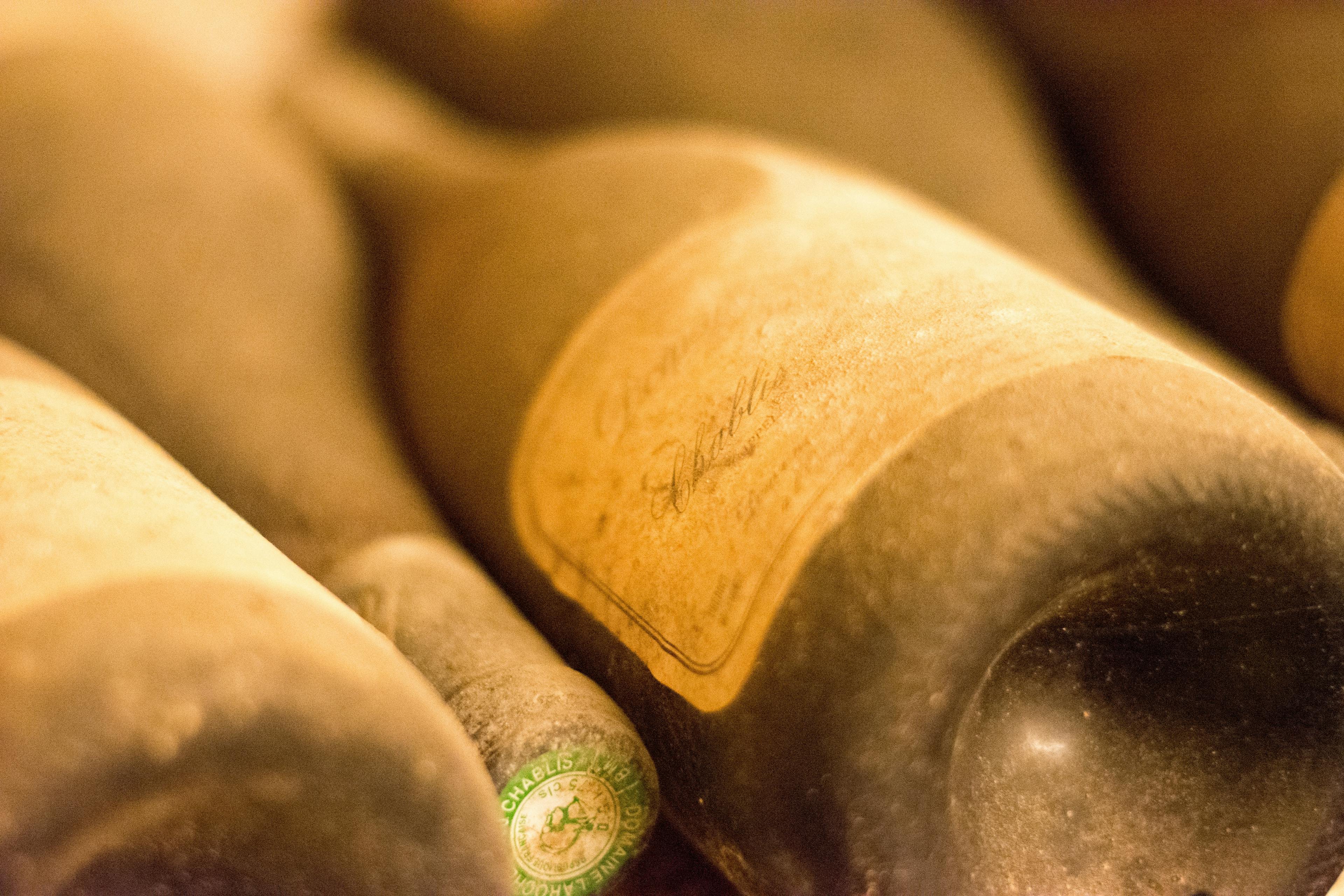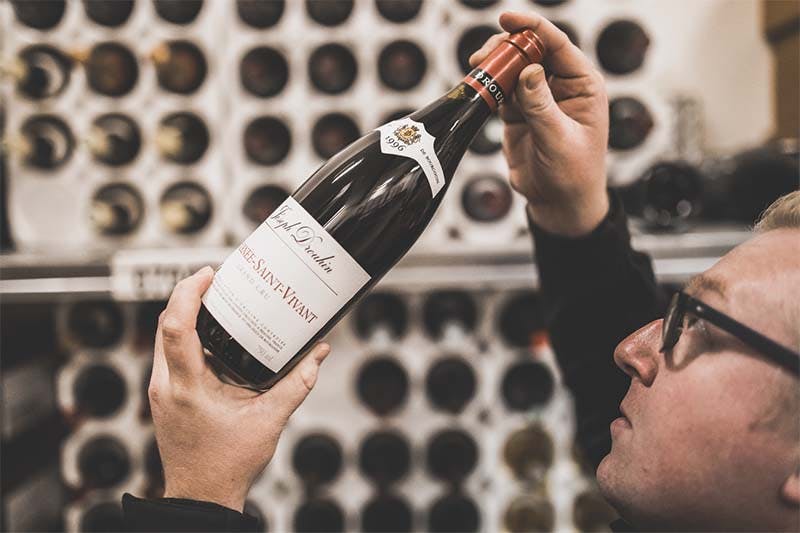
Nestled in the heart of Pomerol, Bordeaux, the esteemed Château Clinet stands as a beacon of fine winemaking, embodying centuries of dedication and skill. This article delves into the rich history and meticulous processes that define the winery, from its humble beginnings to its rise as a leader in the wine industry. We explore the unique terroir that contributes to the distinct flavors of its wines, the innovative techniques employed by its vintners, and the passionate individuals who ensure each bottle reflects the prestige of its label. Join us as we uncover the layers of craftsmanship that make Château Clinet a symbol of quality and luxury in the world of wine.
The Vineyard Management Techniques at Château Clinet
At Château Clinet, meticulous vineyard management techniques are essential to producing their renowned wines. The estate employs a combination of traditional practices and modern technology to ensure the health and quality of the vines. One key aspect is the careful control of vine density, which allows for optimal sunlight and air circulation, crucial for preventing disease and promoting even ripening.
Soil management is another critical area of focus. The team at Château Clinet regularly tests soil composition to determine the precise nutrients needed for each vine block. This tailored approach helps maintain soil vitality and ensures that vines have access to necessary minerals.
Water management practices are also innovatively applied, using sustainable irrigation methods that conserve water while ensuring vines receive adequate hydration. This is particularly vital during the peak summer months when rainfall is scarce.
Pruning techniques at Château Clinet are carried out with precision to balance the vine's growth and fruit production. This not only enhances grape quality but also extends the vine's lifespan, contributing to the sustainability of the vineyard.
For those looking to store their Château Clinet wines, understanding these vineyard management techniques can deepen appreciation for the craftsmanship behind each bottle.
Harvesting Methods: Tradition Meets Innovation
At Château Clinet, the harvesting methods are a perfect blend of tradition and innovation, ensuring the unique characteristics of their wines. Traditional hand-picking ensures that only the best grapes make it into the production process, preserving the delicate flavors and integrity of the fruit. This meticulous selection process is crucial, especially since each vineyard plot is harvested at different times to capture the grapes at their optimal ripeness.
Innovative techniques also play a significant role. The introduction of state-of-the-art sorting technology allows for a second level of precision. This technology swiftly separates the highest quality grapes from those affected by weather or pests. Furthermore, Château Clinet utilizes a modern optical sorter that enhances this selection, ensuring that only the most perfect grapes are used.
Selective Harvesting: Each cluster is carefully evaluated and only the best are chosen.
Technological Integration: Advanced machinery complements manual efforts, increasing efficiency and quality.
Timed Picking: Grapes are picked at precise moments to ensure peak maturity and flavor profiles.
The Art of Blending Château Clinet Wines
The art of blending Château Clinet wines is a meticulous process that highlights the unique characteristics of each grape variety used. This prestigious winery, located in the Pomerol appellation of Bordeaux, France, carefully selects and combines different grape types to create a harmonious and complex final product. The primary grape used is Merlot, known for its soft, fruity profile, which provides a lush base for the blend. Cabernet Sauvignon is added for its structure and aging potential, bringing tannins that balance the softness of Merlot.
Cabernet Franc often plays a role as well, contributing spicy and floral notes that enhance the bouquet. Each vintage may require different proportions depending on the year's specific climatic conditions, which affect the grapes' development. The winemakers at Château Clinet are experts in adjusting these proportions to maintain the wine's quality and distinctive style.
To fully appreciate the depth and nuances of these blends, it is crucial to serve them properly. Decanting the wine allows it to breathe, unlocking its full spectrum of aromas and flavors. Serving at the right temperature ensures that each note can be fully appreciated, making every sip a testament to the art of blending at Château Clinet.
Barrel Aging: Types of Oak and Time Spent
Barrel aging is a crucial step in the production of fine wines at Château Clinet, significantly influencing the flavor, texture, and complexity of the wine. The choice of oak and the duration of aging are meticulously calibrated to enhance the wine's character.
Primarily, two types of oak are used: French and American. French oak is favored for its tight grain, which imparts subtle flavors and tannins, gradually integrating with the wine to develop a smooth, complex profile. American oak, on the other hand, has a looser grain that releases more pronounced flavors of vanilla and spice, adding a bold touch to the wine.
The time spent aging in these barrels is equally important. Château Clinet's wines typically age between 12 to 18 months, depending on the vintage and desired end profile. This period allows the wine to slowly absorb the oak's qualities and achieve a balance that respects the wine’s original fruit essence while introducing new dimensions of aroma and flavor.
For more detailed insights, you can explore the history of Château Clinet's winemaking process. This background enriches the appreciation of each bottle, linking past techniques with modern innovations.
The Precision in Fermentation Process
The fermentation process at Château Clinet is a testament to the meticulous attention to detail that defines their winemaking philosophy. This stage is crucial for defining the taste of the wine, where temperature and timing are closely monitored to ensure optimal development of flavors and aromas. Stainless steel vats are predominantly used, maintaining a controlled environment that is essential for the consistency of each batch.
Temperature Control: Maintaining the perfect temperature during fermentation is vital. It influences the rate of yeast activity and the extraction of desirable compounds from the grape skins.
Yeast Selection: Specific strains are chosen to complement the unique characteristics of the grapes harvested from Château Clinet’s vineyards. This selection enhances the complexity and depth of the wine.
Duration of Fermentation: The length of this process varies depending on the desired end product. Longer fermentation can increase the wine's robustness, while shorter periods may preserve more delicate notes.
Each of these elements is carefully balanced to produce wines that are not only consistent in quality but also distinctive in character, embodying the essence of their prestigious terroir.
Quality Control Measures Throughout Winemaking
Quality control is paramount in the winemaking process at Château Clinet, ensuring that each bottle meets the highest standards of excellence. From the vineyard to the bottle, several meticulous steps are taken to maintain the integrity and flavor of the wine. Initially, the selection of grapes is rigorously monitored. Only the best grapes are chosen, based on their maturity and health, to proceed to the next stages of winemaking.
During fermentation, temperature control is critical. By maintaining precise temperatures, the winery promotes optimal yeast activity and prevents unwanted bacterial growth. This step is crucial for developing the wine's complex flavors and aromatic profile. After fermentation, the wine undergoes aging in carefully selected oak barrels. This not only enhances its flavor but also contributes to its stability and longevity.
Finally, before bottling, each batch is tasted and tested for quality. Any batch that does not meet the stringent standards of Château Clinet is not released. This commitment to quality ensures that all popular vintages maintain a consistent profile, cherished by connoisseurs worldwide.
The Impact of Seasonal Changes on Production
Seasonal changes significantly influence the production processes at Château Clinet, impacting everything from grape cultivation to the final flavor profile of the wine. In the spring, vineyards awaken with vibrant growth, which sets the foundation for how the grapes will develop. Warmer temperatures and increased sunlight during summer encourage robust grape maturation, essential for achieving the desired sugar and acid balance in the grapes.
However, autumn is crucial as it marks the harvest period. The timing of the harvest is pivotal; picking grapes too early or too late can drastically affect the wine's quality and taste. Winemakers at Château Clinet must carefully monitor weather patterns to choose the optimal harvest time, ensuring that the grapes have reached peak maturity.
Winter also plays a role, albeit more subtly. Cooler temperatures help the vineyards rest and recuperate, preparing the vines for the next growing cycle. This period of dormancy is vital for maintaining long-term vine health and sustainability, which in turn affects the annual yield and quality of the wine.
Understanding these seasonal impacts helps in appreciating why Château Clinet wines pair so well with various dishes. Explore the best food pairings to enhance your next dining experience.
Handcrafting vs. Technological Advancements
Handcrafting and technological advancements each play a crucial role in the production of wine at Château Clinet, blending tradition with innovation. The handcrafting process is deeply rooted in the history of winemaking, emphasizing the personal touch and attention to detail that machines cannot replicate. Artisans at Château Clinet meticulously tend to the vines, carefully selecting grapes at the peak of ripeness. This labor-intensive approach ensures that each batch of wine maintains the unique characteristics of the terroir.
On the other hand, technological advancements have introduced precision and efficiency in many aspects of the winemaking process. Modern equipment like temperature-controlled fermentation tanks allows for more consistent quality and flavor profiles. Automation in bottling and labeling processes also enhances production speeds without sacrificing accuracy.
Tradition: Handcrafting preserves the artisanal heritage and personal involvement.
Innovation: Technology boosts consistency and operational efficiency.
Quality Control: Combining both methods enhances the overall quality of the wine.
For more detailed facts, exploring how Château Clinet integrates these practices can provide deeper insights into their prestigious winemaking process.
Training and Expertise of Château Clinet's Winemakers
The winemakers at Château Clinet are renowned for their deep understanding and meticulous approach to viticulture and vinification. This expertise is not merely acquired overnight but is the result of rigorous training and years of experience in the art of winemaking. Each team member undergoes extensive education in oenology, the science of wine and winemaking, which equips them with the knowledge necessary to produce wines of exceptional quality.
Practical Experience: Beyond formal education, the winemakers at Château Clinet gain hands-on experience by working in various renowned vineyards across the globe. This exposure to different climates and techniques enhances their ability to adapt and innovate.
Continuous Learning: The field of winemaking is ever-evolving. As such, the winemakers at Château Clinet regularly participate in professional development workshops and seminars to stay updated with the latest advancements and trends in the industry.
Mentorship Programs: Seasoned experts at Château Clinet mentor newer winemakers, passing down time-honored techniques and secrets that are crucial for enjoying the full potential of their wines.
This blend of traditional knowledge and modern techniques ensures that Château Clinet's wines remain at the forefront of quality and innovation.
Ensuring Consistency in Each Bottle
Ensuring consistency in each bottle of Château Clinet involves meticulous vineyard management and precise winemaking techniques. The estate's commitment to quality starts in the vineyards, where the terroir is carefully managed to maintain the health and balance of the vines. Soil composition, drainage, and microclimate are all considered to optimize the growing conditions for Merlot, the predominant grape variety used.
Vineyard Monitoring: Advanced technology, alongside traditional methods, is employed to monitor vine health and soil moisture levels. This ensures that the vines are stressed just enough to produce concentrated and flavorful grapes.
Selective Harvesting: Grapes are handpicked with several passes through the vineyard, selecting only the best fruit at optimal ripeness. This labor-intensive process guarantees that each batch of grapes contributes to the desired flavor profile and quality.
Controlled Fermentation: Temperature-controlled fermentation allows for precise management of the winemaking process, preserving the unique characteristics of the fruit. Each vat is monitored to ensure consistent fermentation kinetics.
Aging Process: The wine is aged in French oak barrels, which are carefully selected to complement the wine's profile without overpowering it. Regular tasting and blending sessions are conducted to assess the development of the wine, ensuring that each bottle maintains the estate's signature style.
Conclusion
In conclusion, the meticulous craftsmanship behind Château Clinet exemplifies the pinnacle of winemaking that enthusiasts and collectors cherish. From the careful selection of terroir to the detailed processes of fermentation and aging, each step is a testament to the dedication and expertise that define this esteemed winery. The result is a wine that not only captivates with its depth and complexity but also holds a revered place in the market for fine wines.
For connoisseurs looking to invest in such exquisite bottles, Rekolt offers a seamless solution that enhances the value and enjoyment of your wine collection. With our professional cellar storage option, you can ensure that your investment in fine wines like Château Clinet is preserved under optimal conditions, maintaining quality and authenticity. Moreover, our marketplace facilitates easy trading and reselling, allowing you to capitalize on the wine's maturation and market demand without logistical hassles. Whether you're expanding your collection or seeking to profit from the dynamic wine market, Rekolt provides the tools and services to achieve your goals with confidence and ease. Thus, embracing both the artistry of winemaking and the strategic advantages of modern wine trading, Rekolt is your partner in navigating the rich landscape of fine wines.
Share this article
